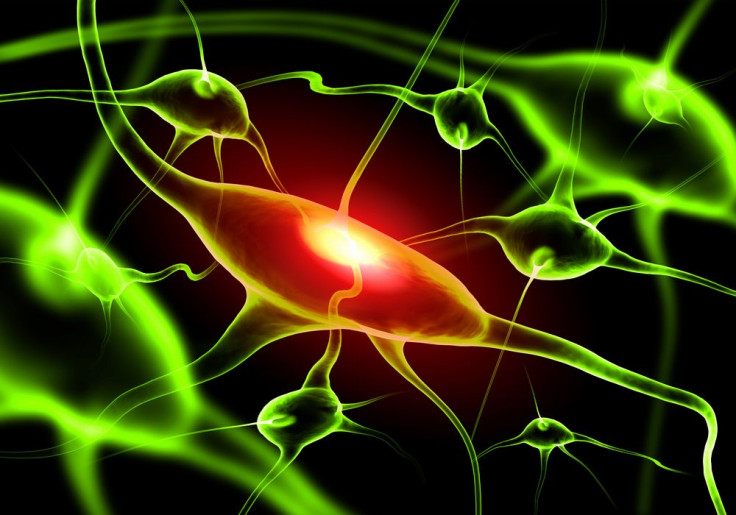Pain Relief Breakthrough: Experimental Stem Cell Procedure Provides Mice With Long-Lasting Nerve Pain Relief

Nerve pain is intense, debilitating, and, unfortunately, especially difficult to treat due to its resistance to traditional painkillers. Stem cell therapy has shown potential for relieving nerve pain, but our understanding of the relatively new science has remained limited. A recent study from Duke University reveals a key factor in the behavior of stem cells in response to pain, and may help advance developments for cell-based therapies to treat chronic neuropathic pain.
For the study, published in the Journal of Clinical Investigation, the team injected mice with a type of stem cell from the bone marrow known as bone marrow stromal cells (BMSCs). According to the press release, past research has shown that BMSCs have an array of healing factors and have previously been successful in relieving pain caused by inflammatory bowel disease, heart damage, and stroke. Although the cells have been noted for relieving pain, exactly how they achieve it has remained unclear.
The stromal cells were injected directly into the lower backs of mice with nerve damage and soon infused with the animals’ spinal cord fluid. Results showed that mice who underwent this treatment were much less sensitive to painful stimuli when compared with untreated mice.
"This analgesic effect was amazing," Ru-Rong Ji, study researcher and Duke School of Medicine anesthesiology and neurobiology professor, said in the press release. "Normally, if you give an analgesic, you see pain relief for a few hours, at most a few days. But with bone marrow stem cells, after a single injection we saw pain relief over four to five weeks."
In examining the stem cells in action on the mice subjects, the team was able to better understand exactly what was behind their amazing pain relieving properties. The introduction of the stem cells into the animals’ spines increased the production of TGF-beta-1, an anti-inflammatory protein shown to be produced in lower quantities in individuals with chronic pain. Although the stromal cells were injected into the spine, they were able to migrate throughout the body to the site of injury thanks to their attraction to CXCL12 — a molecule injured nerve cells release.
The researchers concluded that upping the production of TGF-beta-1 created a long-lasting analgesic effect, but they soon realized the manner in which this increase was achieved was also important. For example, the team observed that when TGF-beta-1 was injected directly into the animals’ spines the analgesic effect lasted only a few hours, as opposed to the weeks of relief achieved via the stem cell procedure.
According to the Academy of Pain Medicine, more than a quarter of Americans report that they have a problem with pain that lasts for longer than 24 hours. The most popular way to treat pain is through opioid-based drugs, but unfortunately, along with being highly addictive, these medications often fail to work for every patient experiencing nerve-based pain, The National Institutes of Health reports. It is here that cell-based treatment for pain relief may prove effective.
"I believe cell therapy such as the stem cell therapy is the future of long-term pain relief," Ji told Medical Daily in an email.
The results are impressive, but there is still much work to be done before these findings can be translated into a treatment available to the public. According to Ji, the team's next step is to find a way to make the stromal cells even more efficient. " Importantly, stem cells can also help tissue repair and control inflammation after nerve damage," Ji told Medical Daily. "Hopefully, it won’t take too long before this becomes regular practice."
Source: Chen G, Park C, Xie R, Ji R. Intrathecal bone marrow stromal cells inhibit neuropathic pain via TGF-beta secretion. The Journal of Clinical Investigation. 2015.



























